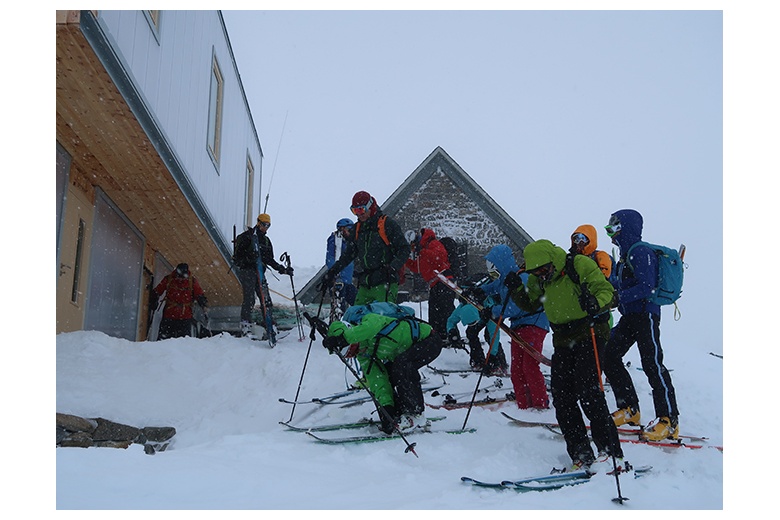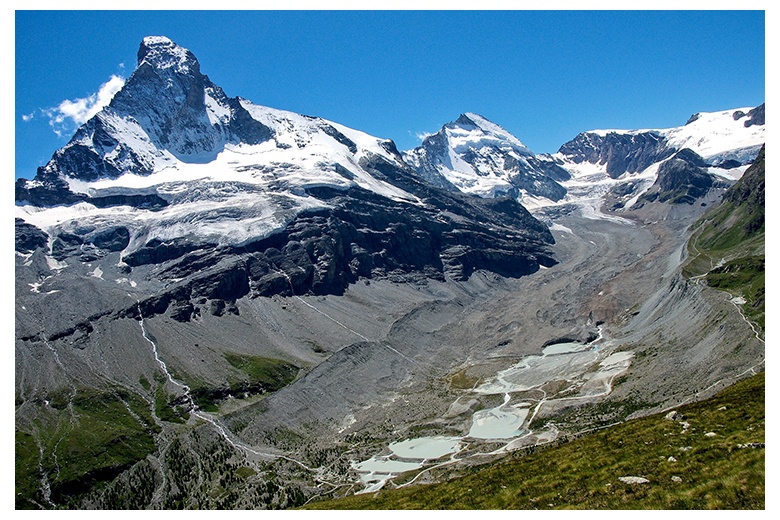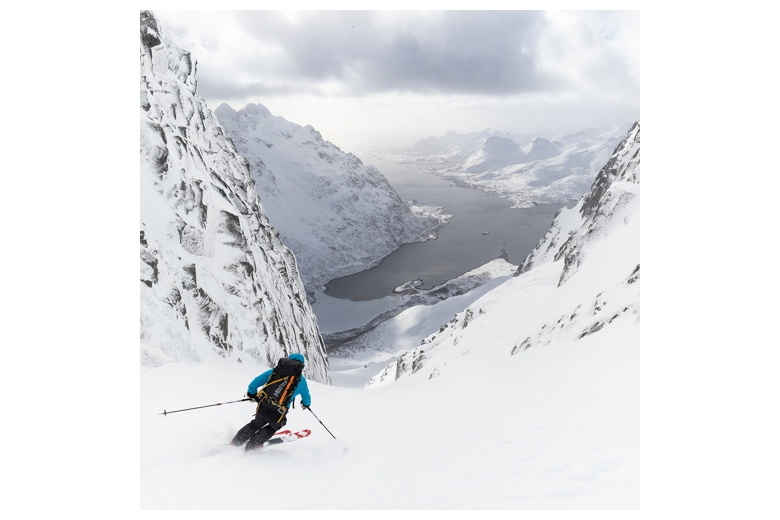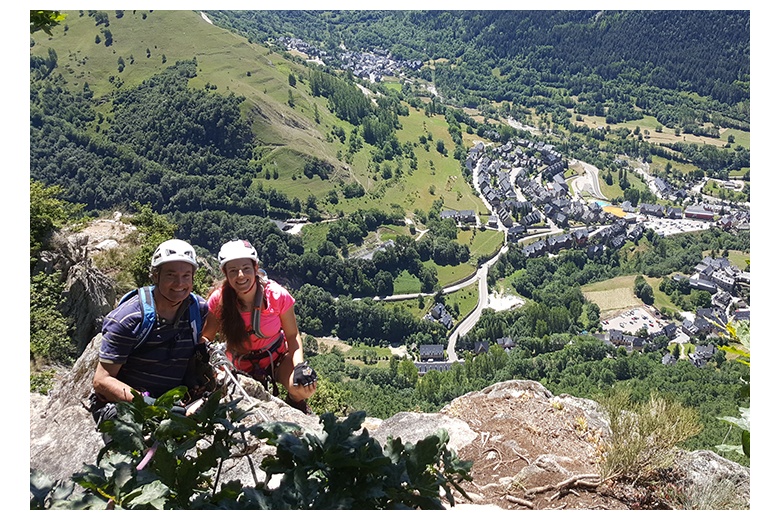
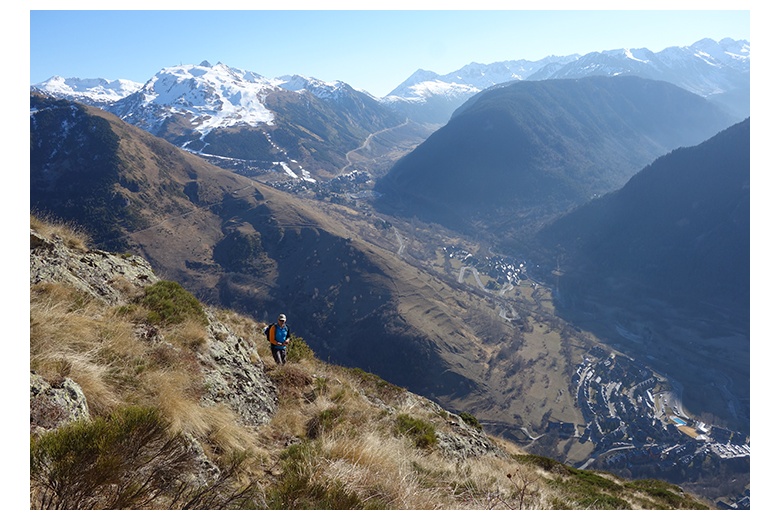
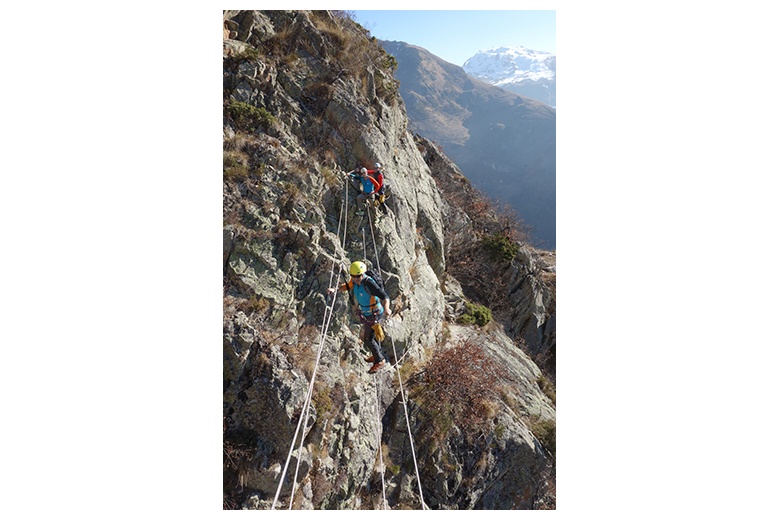
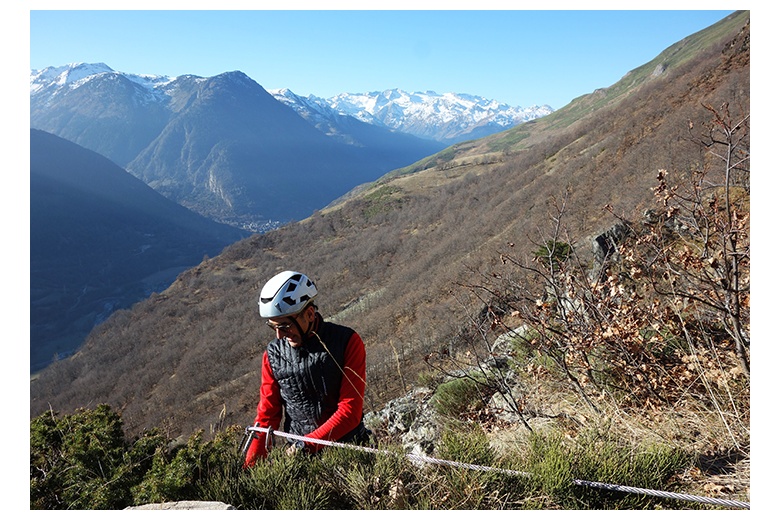
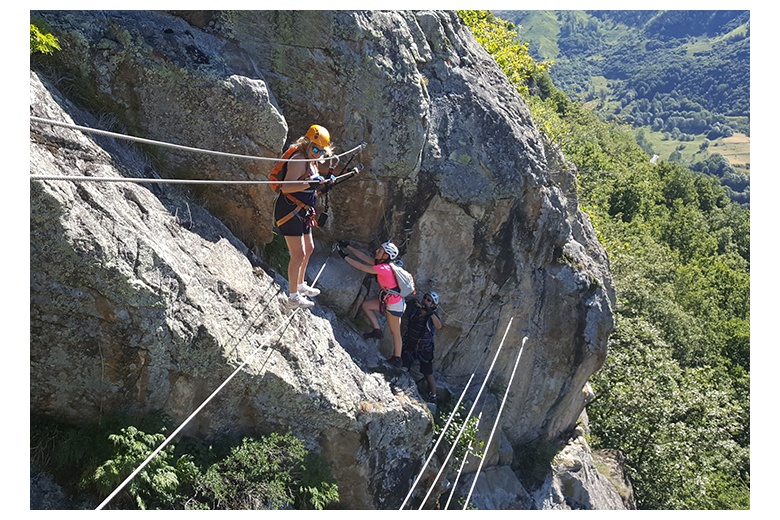
Poi d'Unha Via Ferrata
Unha, one of the most charming villages in Naut Aran, gives its name to the 2,221m mountain where runs this superb itinerary. Installed in 2014 it is 800 meters long, ranked among the longest in Spain. Three sections with different grades were accommodated so it could be accessible for everyone and with a variety of options when choosing where to end the route and start the descent.
The access from Unha Parking lot (1350m) to the start of the route takes only 25’.
Duration: 3-4h ascent + 1h descent
Elevation gain: 500m
Les Via Ferrata
In the village of Les, well known for its sulphurous waters and its prestige in the Middle Age we find this protected climbing route of 450 meters long divided into two sections: the lower one only for experts, and the upper one suitable for everyone. It has an impressive tibetan bridge.
The access, short, is carried through the trail that goes to the right after 100 meters from the entrance to Cauarca camping.
Duration: 3h ascent + 1h descent
Elevation gain: 150m
Eth Taro d'Arties Via Ferrata
Arties, Naut Aran population is located at 1,144 meters high right at the confluence between the Garona River and its tributary Valarties. It has two historical monuments that well worth a visit: the Romanesque church of Santa María de Artíes and the Gothic church of Sant Joan de Arties.
The access to the start of the Via Ferrata (1,250m) from the Arties Parking lot (1,150m) will take about 15’. The climbing route is 330 meters long provided by a 30m bridge and a pendulum.
Duration: 1-2h ascent + 25 'descent
Elevation gain: 100m
Included:
Not included:
General Information:
For the outdoor activity that you plan to be successful it is very important that it accommodates to your level, both physical and technical. Here we present some guidelines so that you can get an idea of what your level is according to the programs we propose. However, we recommend reaching to us so we can help you personally and adapt the program to your conditions.
TECHNICAL level
FITNESS LEVEL
The origins of the via ferratas date back in the nineteenth century due to the purpose of making some alpine routes more accessible. The first one was installed in 1843 in Austria. They are protected climbing itineraries both vertical and horizontal equipped with iron rungs (stemples), pegs, carved steps, ladders and bridge that allow to undertake difficult routes without the risks associated with unprotected scrambling or the need for climbing equipment such as ropes. They really spread during World War I when several were built for military purposes in the area of The Dolomites.
It was not before 1990 when their popularity really grew because of the recognition of tourism benefits.
In Val d’Aran, three are the different options of Via ferratas located in Unha, Les and Arties. An awesome day in the mountain shared with family or friends is guaranteed on any of them. Thus, you will have the opportunity to initiate your children on easy sections. Safety on every ferrata is provided by a steel cable installed throughout the route and a harness together with a specific lanyard and two carabiners.
